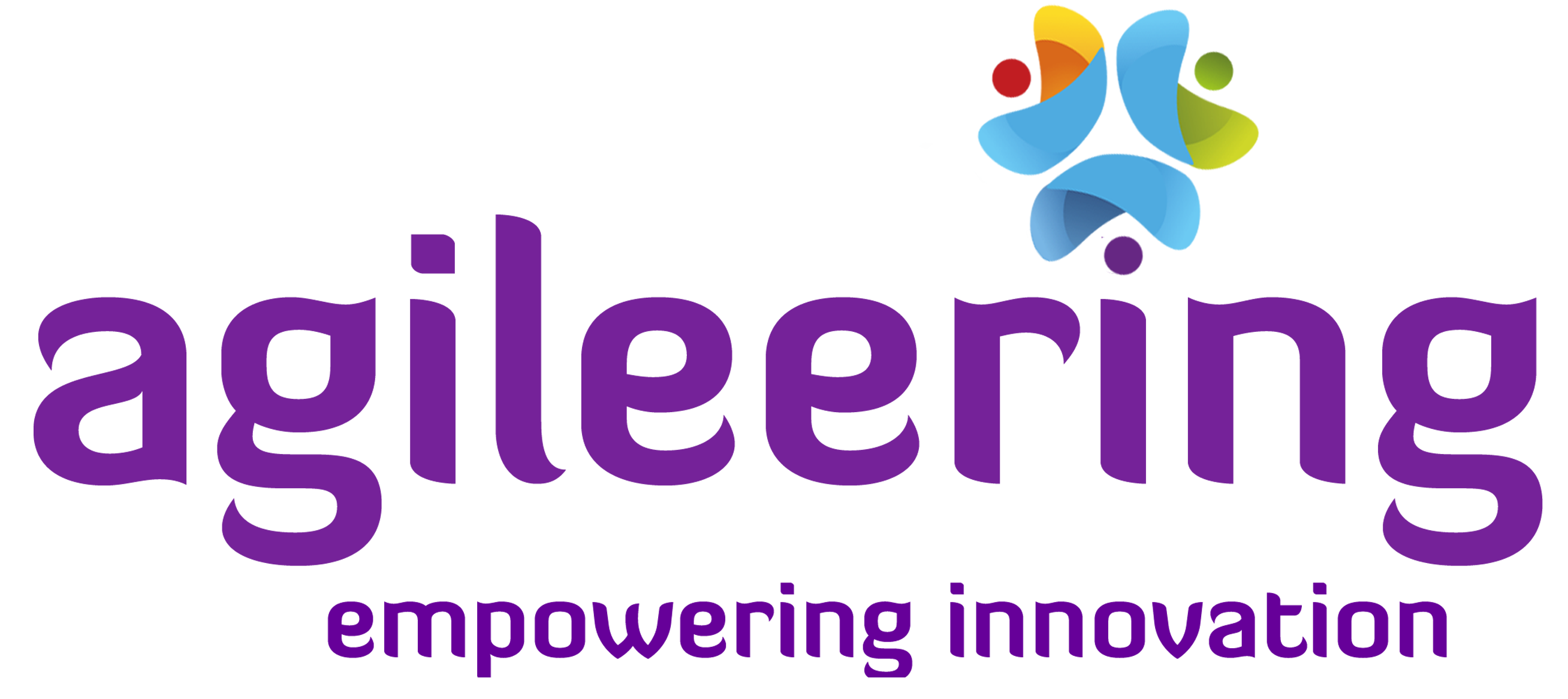
Journey to solve problems.
I have always wanted to innovate, always been tinkering and tweaking things to get a better outcome. For a while it's great, I see improvements, I want to improve more, but I got to a stage of realization where I just wasn't making a real difference, and didn't know how to make a difference. My ideas had run dry.
There was a saving grace however, seeing other people come up with brilliant ideas and products that made me think “how did i not think of that”. I came to understand that perhaps I don't have all the ideas there, but other people do, and I would like to be a part of the journey to as many of these great ideas becoming a great reality that I can.
Not all is sun and rainbows though when it comes to getting these ideas into the world as a product. How is it that so many people have amazing ideas, but 42% of small businesses make a product that nobody wants. The ideas of the ideal are great but they are the same ideas that over 40 percent just aren't wanted enough to create a successful business.
With that said, what I have learned is a way to get to the heart of the problem, to find the things people really want. And it all stems from the great idea you have.
I have discovered that you need to look back to see forward, don't think about the idea you have to solve the problem, think of the problem, and what problem made that problem, and the problem that made the one before that. If you look back to where the problem really stems from then you can find where to start solving. This is known as route cause analysis and can considerably open up a market since you can work to solve a problem more people have, however there is an issue with that. In order to do that effectively you must break free of always thinking about the solution, and that's the tricky part. This is just one of the things that I have been doing over the past weeks to enable myself to help small businesses really identify a problem worth solving so they dont waste their time building an incredible solution to a problem that not enough people had.
Simple in concept but in practice tuning myself to that mindset isn't as easy as it sounds. There is without a doubt more to it than meets the eye. It's for this reason that not everyone sees the real problem and might need help to really get to its core, and the methods that I have learned allow me to provide that help.
Another one of these methods is to see what's hidden in plain sight. The notion of things being “obvious” isn't always quite as obvious to all as you might think. Everyone sees things differently and we all pick up on different parts of the picture, but often many miss things that are right in front of them. Similar to how an art critic can see something in a painting that's obvious to them yet someone else may have no idea where they are coming from, and for that reason not everyone can be an art critic. This is an area that I have worked to overcome and pick up on some things that just might seem useless or even be “invisible” to some. Whether that be in an interview, or in a brief, I have been working to pick up on these things as sometimes the insight they can give is invaluable.
There are many more useful techniques that I have learned through this programme and am now putting into practice, all with the end goal of helping to fix as many of the fundamental problems in great ideas as I can.
Lloyd Bradshaw
Agileering.co © 2024 Build with Thrive Architect.